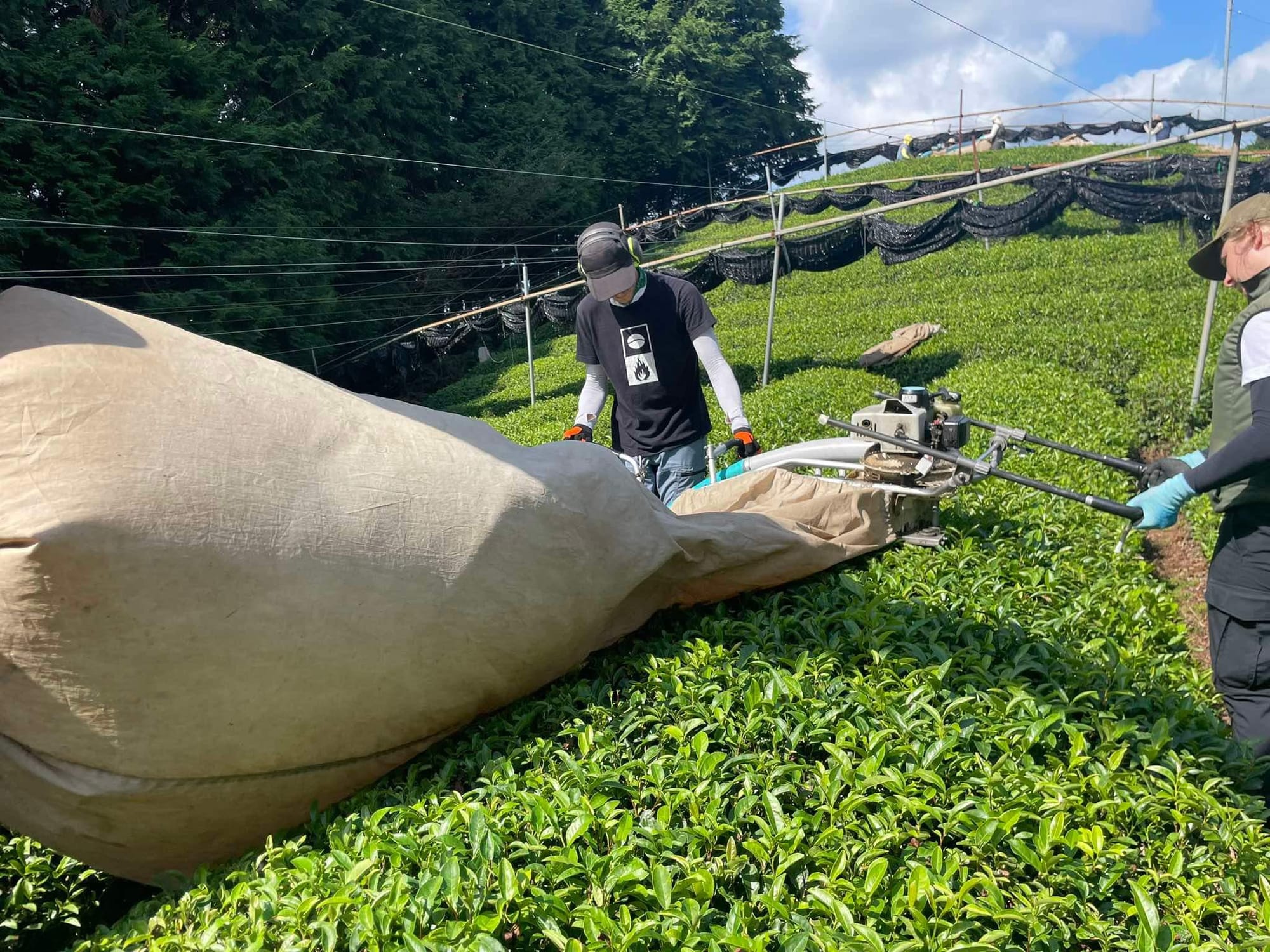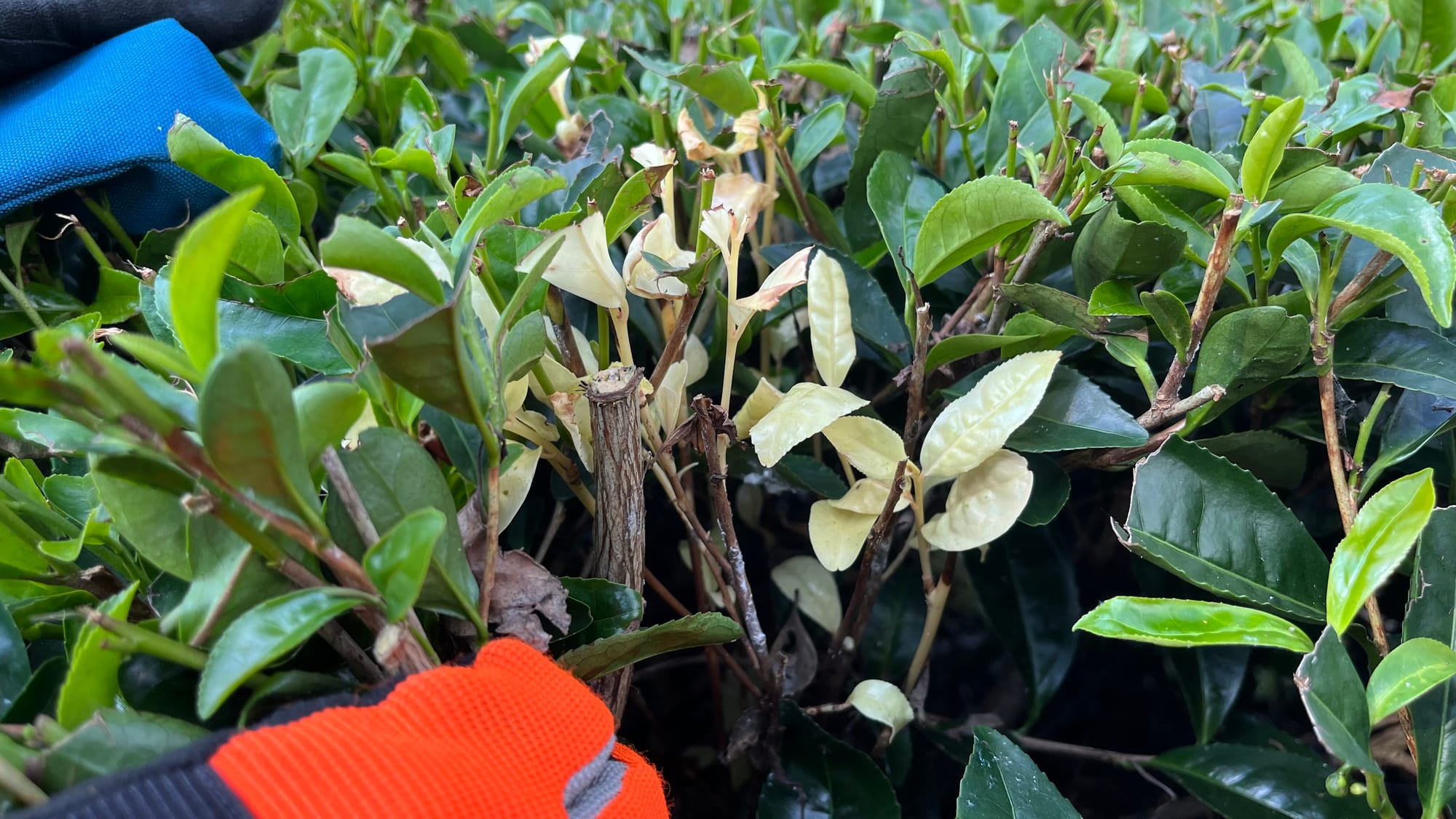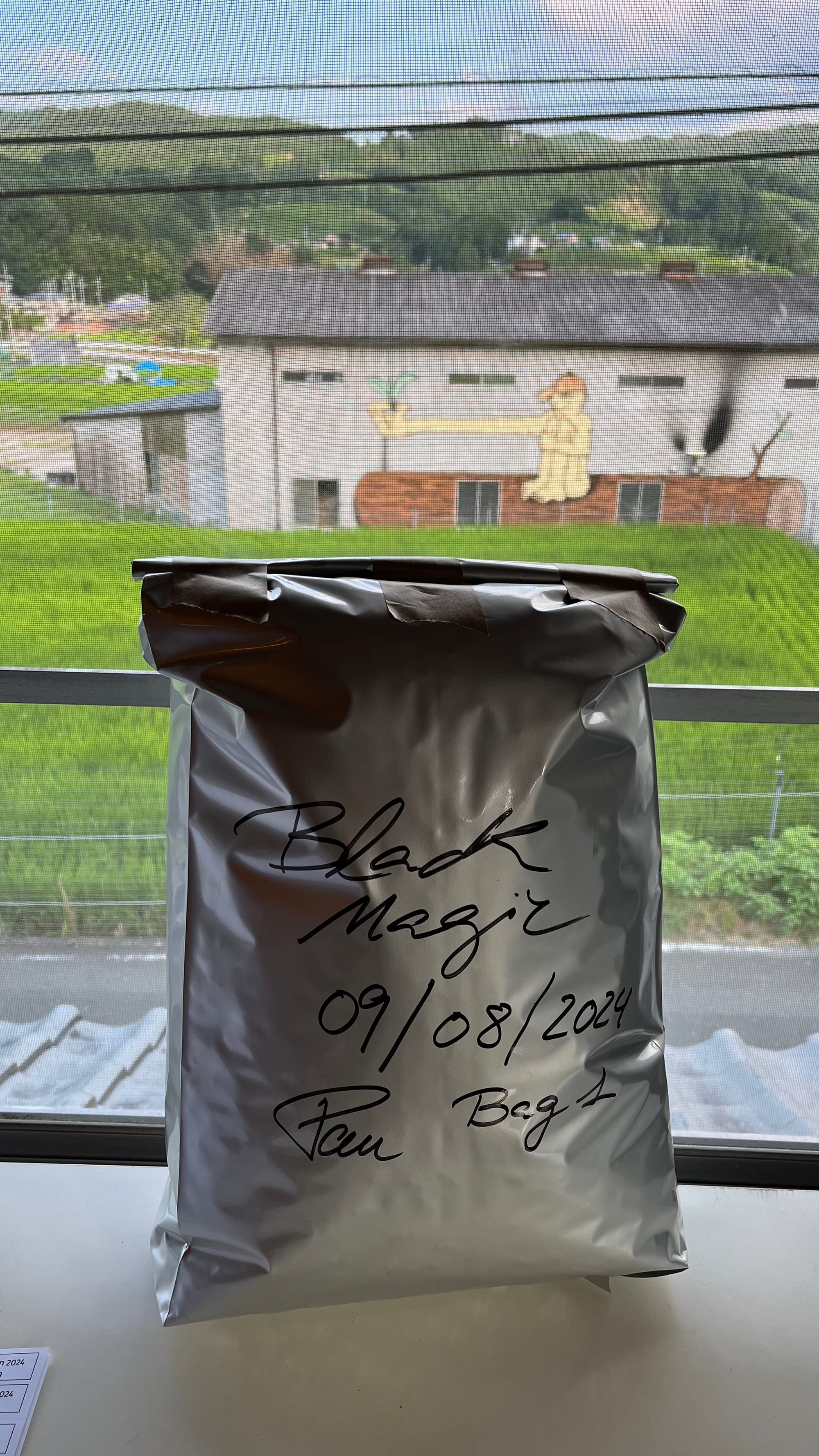State of the Nursery 2024

This is the second year of the blog and it’s time to reflect on how the year has passed. I’d also like to look ahead and share my wishes for the upcoming season.
This past year has been both challenging personally and professionally. One of the highlights of the season was moving to Japan in September 2023 to work on a tea farm. I’m thrilled to announce that I’ll continue to be involved in tea here in Wazuka, a tea village in the southern part of Kyoto Prefecture.
Being back in Japan has been an incredible experience. I’ve met so many new tea farmers and have the opportunity to make connections that I wouldn’t have otherwise. Additionally, Japan provides me with more resources and tools to support my research and writing.
This year, I’ve dedicated several months to only writing the newsletter. The harvest seasons consumed most of my time, leaving me with limited time to write for the blog. However, I’ve also written some exciting cultivar articles that I’m pleased to share.
This is the constant challenge I face when creating content for the blog, especially for the types of posts I’ve come to produce, which demand extensive pre-research and meticulous digging through governmental and scientific websites and documents. It can take a whole month or two to craft one of those articles. On the other hand, the farm’s priority is always at the forefront, and from early March until almost the end of August or September, my life revolves around the fields, leaving little time for anything else.
Even with that, the blog has published 23 articles since last September. There are several months when you can see that I was quite busy, as there are two or even three newsletters in a row. Nevertheless, 23 articles is not a bad number, considering my previous goal was to post every two weeks. I managed to land quite close to that goal, although with different timing.

This seasons favorites
I am always thinking about where the blog is moving, from a content perspective, I am so happy everyone seems to be enjoying the cultivar posts. They’re highly technical and may not be everyone’s cup of tea, but the positive feedback I’ve received suggests that they’re well-received. By far, one of the most visited pages in the blog has been the article I published about the Bunjin and Sencha. A university assignment that pushed me into a different style of writing and methodology. Although the strictness was relatively low compared to what it could have been, it pushed me into an uncomfortable position that enabled me to gain valuable experience and explore a more academic writing style.
Other popular articles this year include the review I wrote on the book The Story of Japanese Tea by Tyas Sōsen, and the article about the Kamikatsu Awabancha festival that took place last December. I’m actually enjoying the last Awabancha I have while writing this post. The trip to Kamikatsu had a profound impact on me. I loved the village, the festival, and the vibrant energy of the people from Kamikatsu. I’ve also started receiving messages from some farmers informing me that the new tea is ready, which made me smile.
Lastly, the most surprising surge in website visits is the new resource page on Japanese Tea Cultivars, which I uploaded last August. The page received immense popularity, likely becoming the most visited page on the blog in such a short period. I aimed to compile a big list of resources I use for cultivar research on that page, along with a long Excel sheet containing all the cultivars I’ve discovered so far. I’ve always though of the blog as a digital garden, meticulously tending to its content, making adjustments to existing material, and maintaining the published materials and resource. As part of my ongoing learning journey, I plan to update this page monthly, incorporating any changes I may have made.

Next steps
I have been thinking a lot these past months on what I wanted to write in this part of the annual recap for the blog. While I do have a too long of a list of things I would like to tackle, I mostly don’t have the time or the resources to make them a reality. Not at this time at least.
On the horizon
Last year’s ambitious goal of 24 posts seems achievable even with the demanding farm work during spring and summer. This year, I would like to aim for a similar number. However, several posts require attention. For instance, the Tsuyuhikari cultivar post has numerous broken links and I do want to fix things like that around the blog. If you know of a reliable tool that alerts you to such issues, I would greatly appreciate any recommendations.
I also will be maintaining the cultivar resource page to ensure its regular updates. Additionally, I intend to enhance the other resource page, which currently lacks any practical utility.
There’s one more project I wanted to tackle in 2023. Compiling the cultivar articles into a single digital book. It’ll be like a quick guide with a shorter, more accessible format than the long format one of the blog. I’ll update it as the content grows, reflecting the nature of this website and serving as a motivation to keep working on cultivar content. I’ll be building it publicly, so I’ll hold myself accountable to you all.
This past year has been a complex one professionally, experiencing firsthand how strenuous work it is to work on a tea farm, especially during the harvest periods and combine it with content to communicate those experiences. I would like to give more time to share those experiences in the blog, but the reality is that I do have to make a choice between writing about that or about other contents like the cultivar research, and currently I do not have the pleasure to have the time to do both. This is something I want to really focus more on in the future and I will be exploring ways on how this can happen. Perhaps in a different type of content that is easier to create like video or audio, or by giving it a bit more the main stage in the monthly newsletters. If you do have any suggestions on what you would like to read and learn about, reach out!
More Resources
As I mentioned, I’ll be working on enhancing the website’s resources this year. I look forward to receive any feedback or suggestions on this. While I have some ideas in mind, they require significant effort in terms of infrastructure and costs associated with running additional web services. I need to give this some thought.
As it currently stands, the resources page lacks utility and does not seem it has made a significant impact. The focus for this first part of the season will be on reducing the tools I employ for the blog. Operating a project like this demands substantial monthly investment, not only in money but also in terms of time. I want to identify ways to minimize the cost of website, and redirect those resources towards developing the next set of tools for the blog. I also want to make the maintenance of those resources more easy and facilitate proposal submissions for potential improvements.
I see a bright future for the blog as an educational resource for tea enthusiasts. My current work in Japan has primarily focused on Japanese tea and its unique characteristics, but I’m eager to expand this knowledge base in the future. However, navigating this topic from a Japanese perspective, influenced by its farming techniques, products, and culture, can be challenging. If you have a deep passion for tea, meticulous attention to detail, and a desire to share educational content about tea, its culture, craftsmanship, and the stories of farmers, I encourage you to reach out.

Thank you
Thank you so much for reading the second installment of State of the Nursery. I’m still not sure how to approach this recap post, but it presents a unique opportunity to reflect on both the past and the future. This year, I’ve come to realize that many people seem to enjoy technical pieces like the cultivar posts. I wasn’t sure if that would be too niche, but it appears to be gradually reaching its intended audience. Additionally, I’ve discovered that I can relax more and enjoy the research process for the articles while maintaining the quality of my writing (whatever that means) without overthinking it and delaying posts simply because they’re not perfect.
I’m astonished by the number of people I’ve met this year through the blog, newsletter, and Instagram DMs. By the way, the newsletter has doubled in size over the past year! I want to express my deepest gratitude to everyone who has subscribed.
Thank you once again for being a part of this community. I’m incredibly grateful for the chance to share my professional and personal tea experiences with all of you. I can’t wait to see what the upcoming season has in store for us next year!
